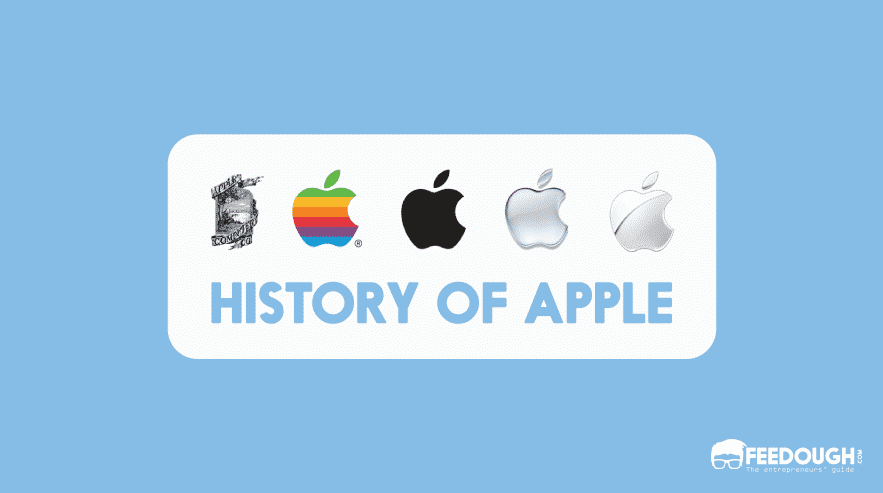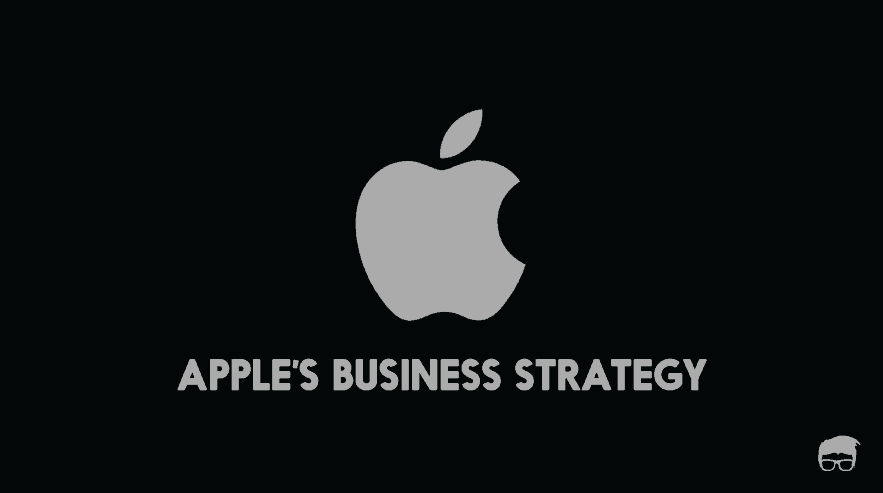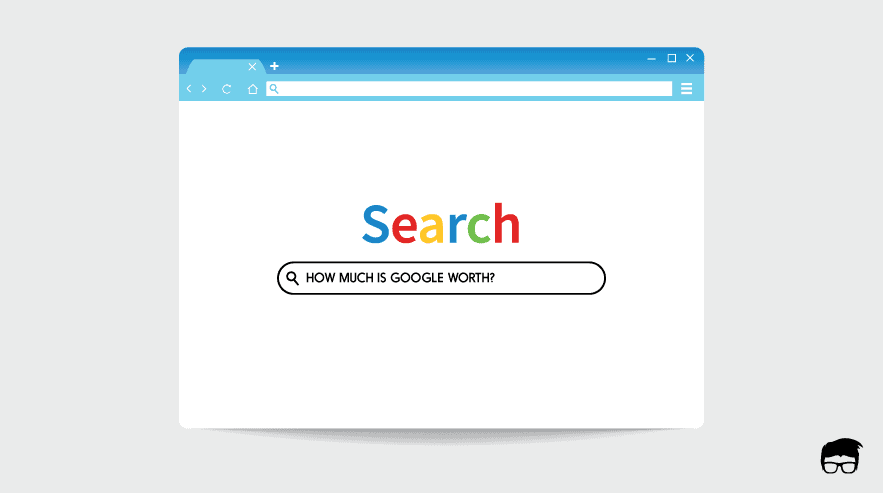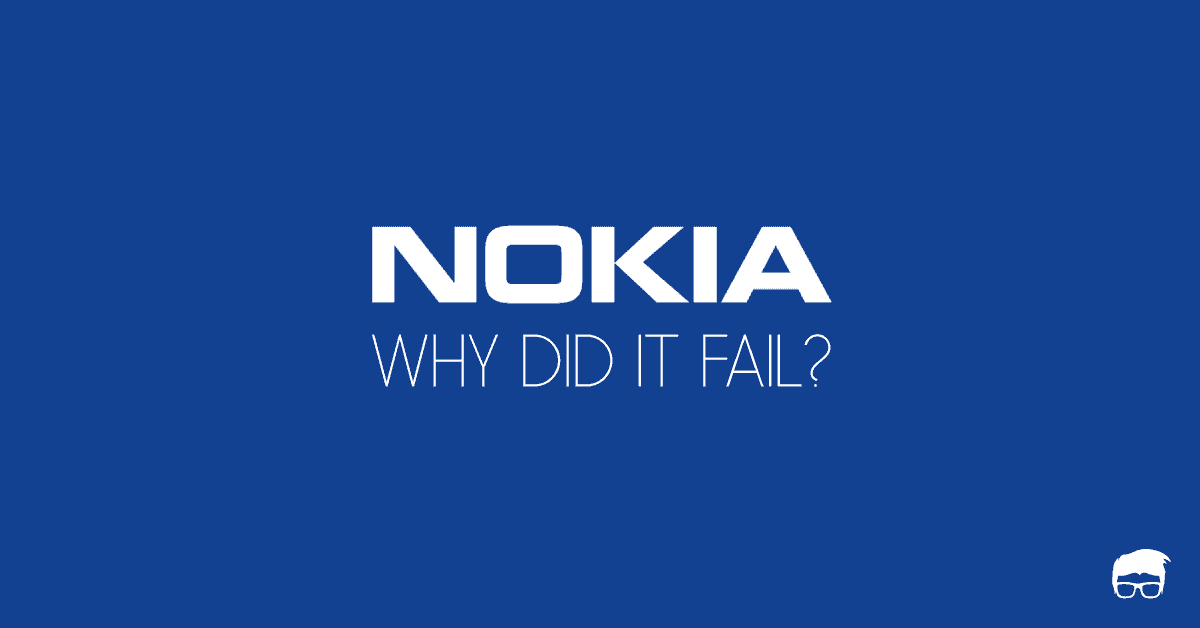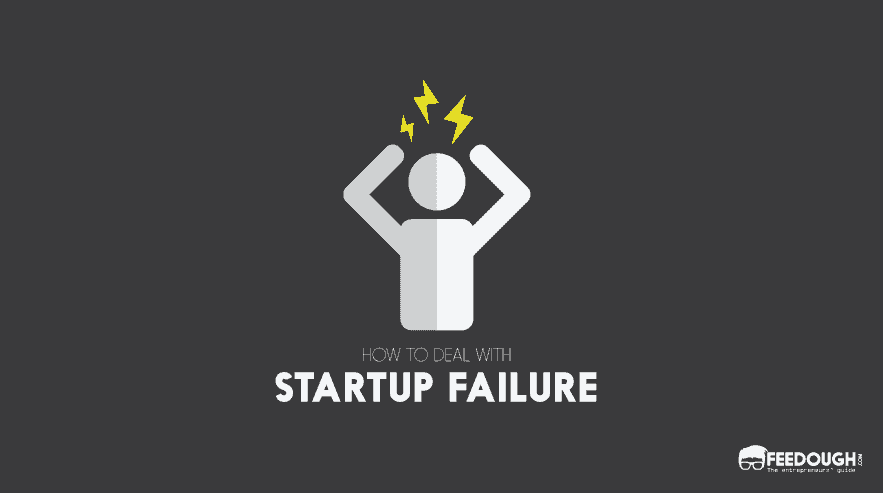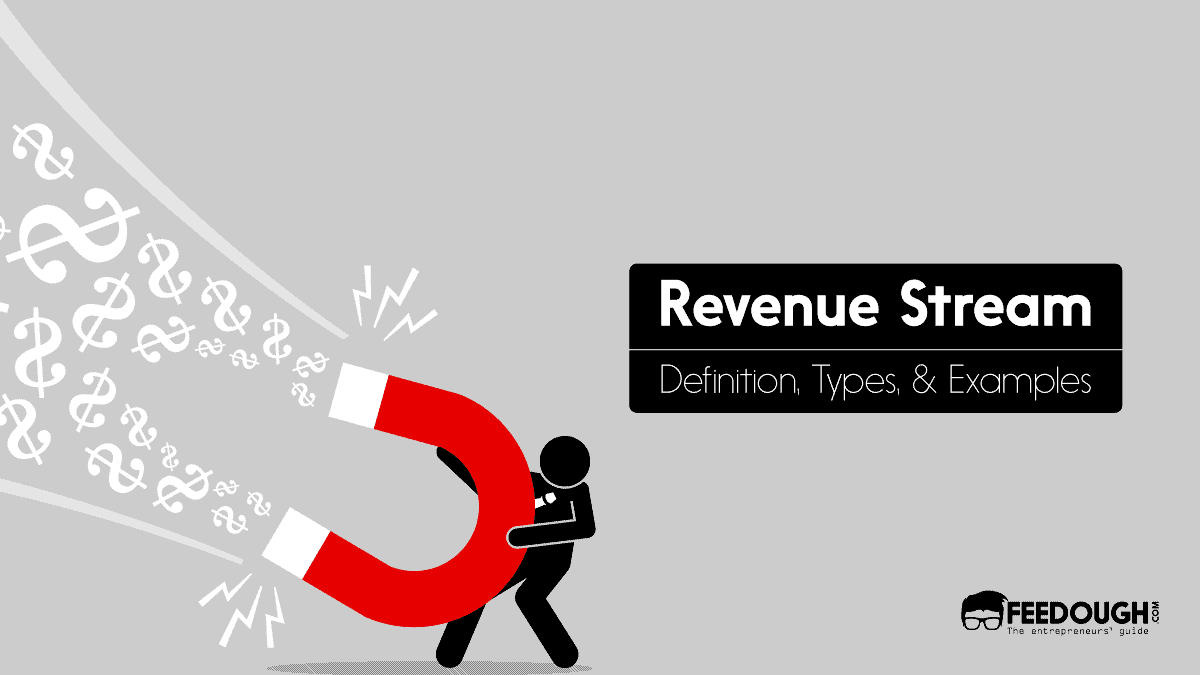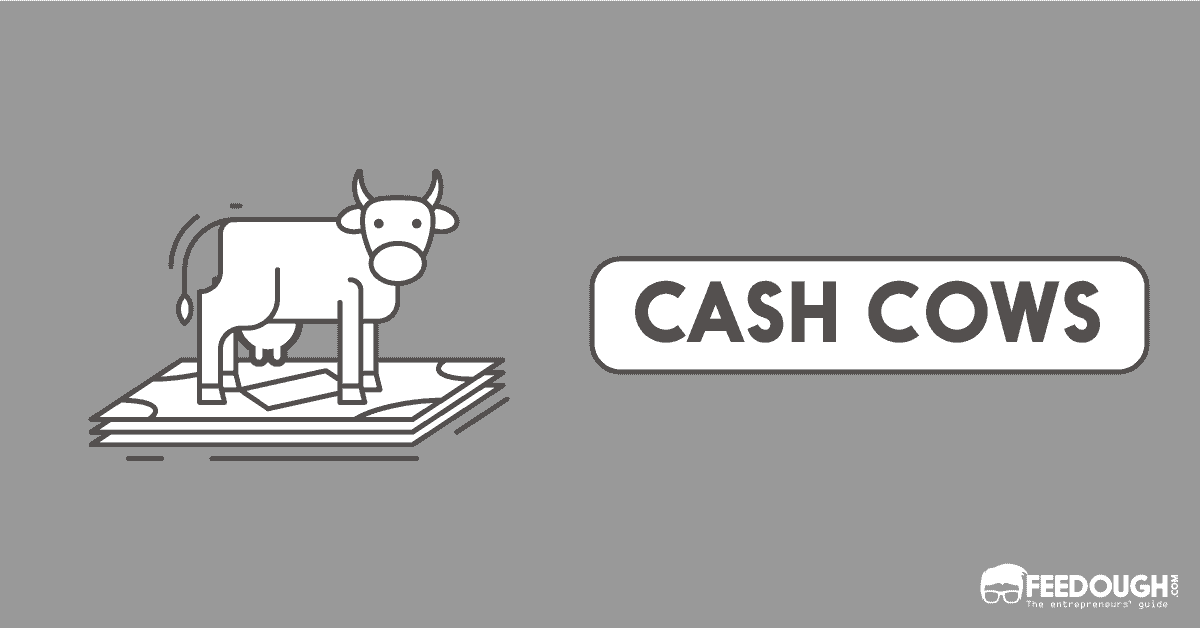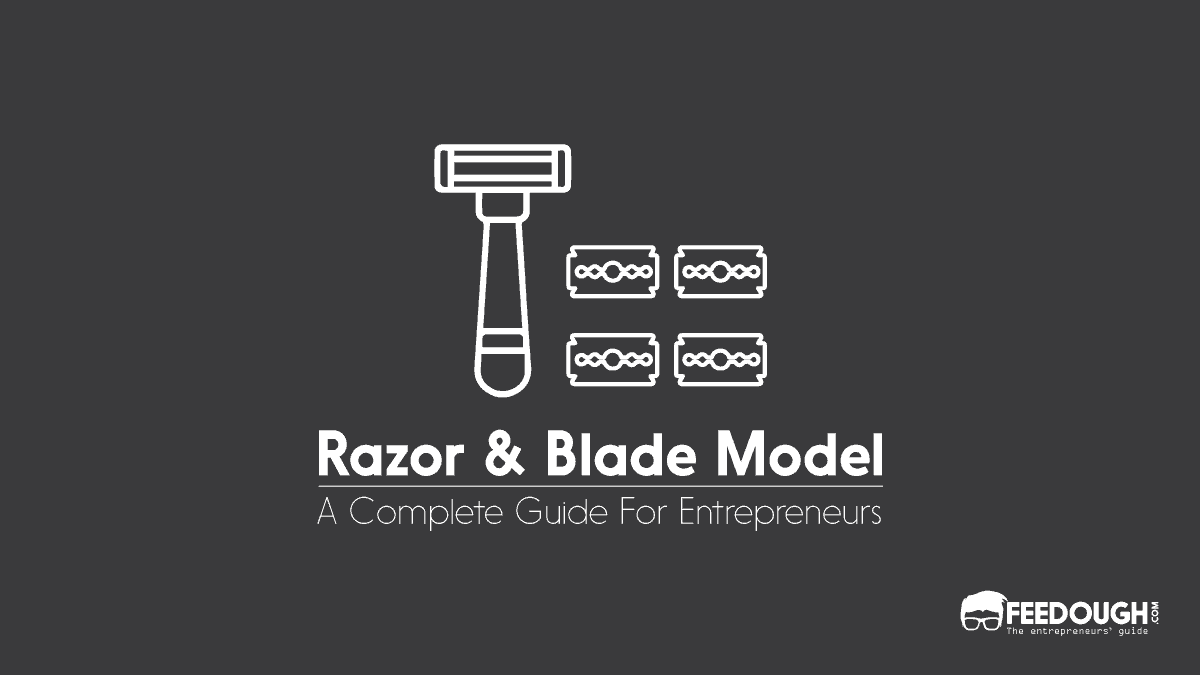Apple has officially become the first $1 trillion company in history! It must come as no surprise as Apple continues to astonish the world with its innovative products and services.
The company had to go through years of struggle, various failures and accomplishments which finally led to the way it stands today – the first ever company to be valued $1 trillion.
Join us on this memory lane as we go back in time to explore the history of Apple from the days when Apple was limited to only a garage in California to the present when it is the most successful company in history.
The Foundation Of Apple
In 1976, Apple was founded by three men: Steve Jobs, Steve Wozniak and Ronald Wayne with the intention of selling Wozniak’s hand-built Personal Computer named Apple 1.

The Apple 1 was sold as a motherboard with CPU, RAM and basic textual-video chips. It then lacked a built-in keyboard, monitor, case or any other Human Interface Devices (which was later added in 1977).
In July 1976, the Apple 1 went on sale and was sold for $666.66. Steve Wozniak took a special liking for repeated numbers and hence the fancy number as the price.
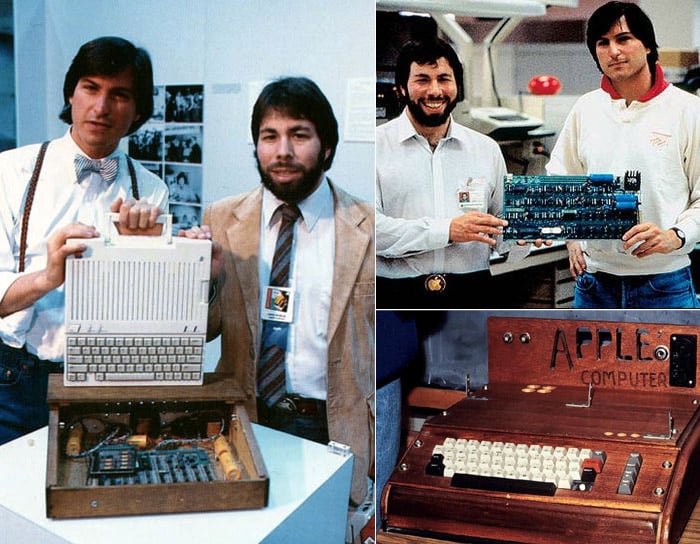
However, Ronald Wayne decided to leave the company only a couple of weeks after it was founded. Wayne then took a cheque of $800 which would have been worth almost $72 billion 40 years later. Wayne was the one to hand sketch the first Apple logo which was then replaced by the bitten apple logo designed by Rob Janoff in 1977.
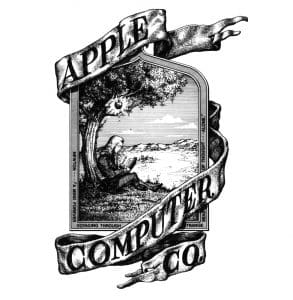

The Apple Computer Inc. was incorporated on January 3rd, 1977. Mike Markkula, the multimillionaire who had taken interest in the Apple-1 provided the company required funding and business expertise. Mike Markkula was the 3rd employee with a one-third share in the company. He suggested a man named Michael Scott be the company’s first president and CEO as he thought Steve was too young and undisciplined to be the CEO.
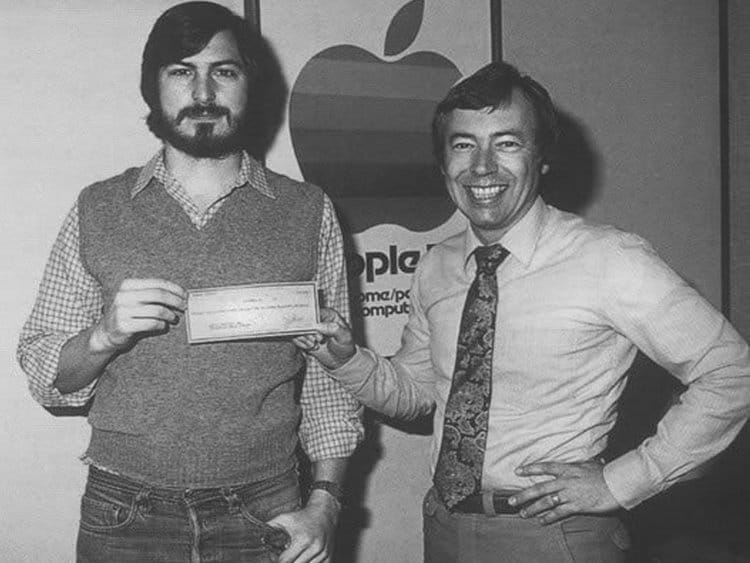
The Apple II and III
It was in 1977 that the Apple II was introduced, also by Wozniak. VisiCalc (the world’s first ‘killer-app’), a ground-breaking spreadsheet and calculating software helped the Apple II computers to stand ahead of market leaders Tandy and Commodore PET. VisiCalc gave users an additional reason to buy the Apple II because of its office compatibility. With the introduction of colour graphics, the Apple II was able to revolutionize the computer industry.
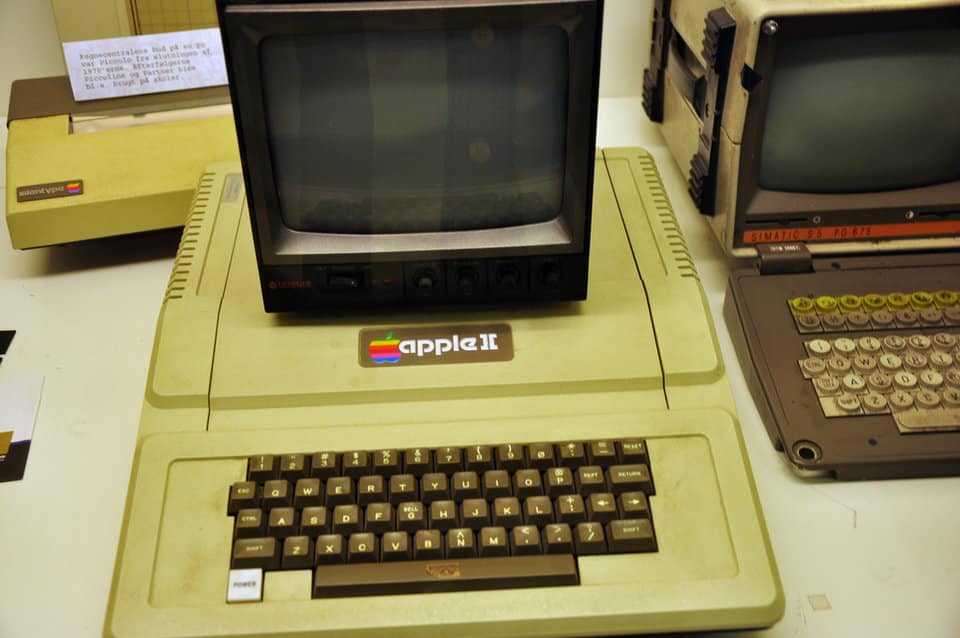
By 1978, Apple had a real office with several employees and an Apple II production line.
In the years that followed, revenues grew exponentially for the Apple company doubling every four months. Their yearly sales grew from $775,000 to $118 million between September 1977 and September 1980 (average annual growth rate of 533%).
Jobs and several employees were allowed to visit the Xerox PARC lab in 1979. It is world famous for the laser printer, mouse, ethernet networking and other technological accomplishments. Jobs and his engineers visited the PARC campus in return for the option to buy 100,000 shares of apple for $10 a share.
By the year 1980, the competition was growing difficult with IBM and Microsoft in the market. Apple released Apple III in the same year to compete with these companies in the corporate computing market. The Apple III was not as successful due to a design flaw. In order to reduce noise, Jobs insisted computers not have fans or vents which in turn created problems due to dangerous overheating. Thus, the Apple III lost to IBM computers.
However, Jobs had been convinced from the visit to the Xerox PARC labs that all future computers required to use a Graphical User Interface (GUI) like the ones used today. He immediately began the development of a GUI for Apple’s next generation computer, Apple Lisa.
Unfortunately, Jobs was removed from the Lisa team due to infighting and became a part of the low-cost-computer project, the Macintosh. Lisa was released in 1983 and met with disastrous sales due to its high price and limited software support.
Apple went public on December 12, 1980, at $22 per share. According to EDN Network, Apple’s $4.6 million shares sold out immediately and generated more capital than any other IPO (Initial Public Offering) since the Ford Motor Company in 1956. The IPO created $217 million in wealth for Steve Jobs, the largest shareholder. The company’s IPO also created 300 other millionaires instantly.
The Macintosh
After being replaced from the Lisa team, Jobs became the lead of the Macintosh team. The Apple Macintosh is known as the most user-friendly computer to date. It is also known as the first mass-market personal computer to feature an integral GUI and mouse.
The Macintosh, unlike Lisa, was a success thanks to the intense marketing with the iconic “1984” commercial directed by Ridley Scott which aired during the Super Bowl and never again.
Even though the graphics hardware used was very expensive, Apple decided to sell the Macintosh for a price that would put it in the reach of home users. Its black and white graphics and visual abilities attracted design professionals and it was particularly successful in the desktop publishing market due to it’s the same. It had a carrying handle which made it portable and it looked friendly too.
The Macintosh was priced at $2,495 and went on sale in January 1984. It was good value for the money although not cheap. By the beginning of May 1984, 70,000 units were shipped as a result of the “1984” commercial.
In 1983, around the time of launch of the Macintosh, Jobs hired John Sculley as the new Apple CEO when Mark Markkula, the second CEO wanted to retire. Scully was the youngest CEO of Pepsi during the time, but jobs brought him to Apple with the legendary question “Do you want to sell sugared water for the rest of your life? Or do you want to come with me and change the world?”
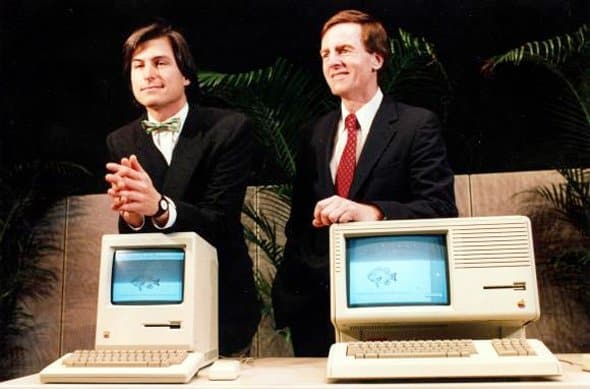
However, tension grew between Jobs and Sculley when the Macintosh failed to break IBM’s dominance. Moreover, Jobs liked doing things his own way while Sculley wanted strict oversight on future products as both Lisa and the Macintosh had not been able to compete with IBM and others at the time.
Apple without Steve Jobs
In 1985, as friction grew between Jobs and Sculley, Jobs attempted to oust Sculley by staging a coup which then backfired. The Apple’s board took Sculley’s side and removed Jobs from his managerial duties. Jobs then quit his job and founded a new company making advanced workstations name NeXT. Steve Wozniak too left around the same time selling most of his shares saying the company was going in the wrong direction.
With Jobs now out of the company, the board was free to think what kind of machines Apple was going to produce. They decided to target high-end markets with more expensive Macs. Steve Jobs was opposed to the idea of hiking the prices and so it was only after he left that they could implement this policy. They agreed that although fewer units may be sold, similar or higher profits are to be achieved. This policy was called “55 or die” which is Jean-Louis Gassée’s rule that the Macintosh II should deliver at least 55% profit per machine. Gassée was the man whom Sculley hired in place of Steve Jobs.

Although the Apple computers were quite expensive compared to the other computers in the market, they had benefits such as the user interface that kept their users loyal. Apple introduced its PowerBook laptop and system 7 operating system in 1991. The system 7 was behind giving colour to the Macintosh OS and was used until 2001 when OS X was released.
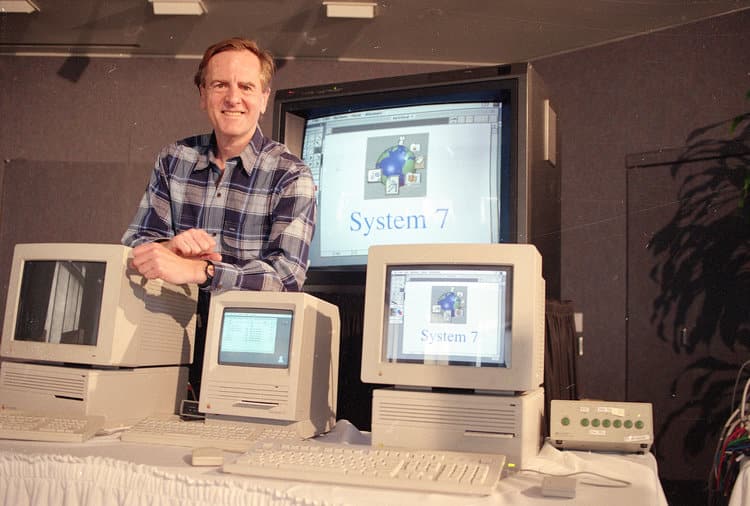
The 1990s saw Apple trying to get into new markets. Gassée also took part in the development of new products such as the Newton MessagePad and the eMate dreaming that these products will drive the company towards new heights.
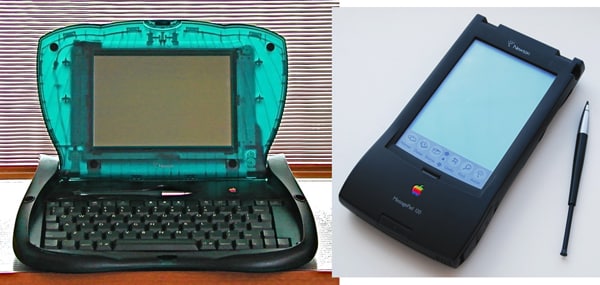
However, with prices as high as $700 and functions limited to taking notes and managing contacts these new products did not work out in the market. And the Newton MessagePad became the Apple flop of the 1990s. Gassee’s tenure too came to an end in 1990. Apple then introduced the Macintosh Classic, Macintosh LC and Macintosh IIsi, which were lower cost models and they also managed to bring up significant sales.
The Decline of Apple
Apple’s “55 or die” policy backfired in the last years of the decade when IBM clones were getting cheaper and Microsoft’s influence started to rise. Even though Macs offered an excellent library of software, they were limited. Windows 3.0, on the contrary, was on sale for cheap commodity computers.
Apple needed to find its way back in the market and so they introduced a whole new line of computers: the Quadra, Centris and the Performa. The Performa was meant to be a stock item for department stores and other lifestyle outlets as Apple computers were then available only through mail or authorized dealers. There was no Apple Store back then. These lines of computers were, in fact, their existing stock rebranded by adding new consumer-friendly software like ClarisWorks and Grolier Encyclopaedia to attract home users.
This, on the contrary, created confusion among the customers as they did not quite understand the difference between these models.
Apple also experimented on products like digital cameras, portable CD audio players, speakers, TV appliances etc, but they were all unsuccessful. Apple’s market shares and stock prices continued to decline.
To add to the mistakes, Sculley spent a lot of time and cash on bringing System 7 to the new IBM/ Motorola PowerPC microprocessor instead of Intel Processor. As most software were written for Intel processors, and they were cheaper, Apple had no luck finding its way back in the market.
With the highly unsuccessful line of products and the costly decision to move to PowerPC, the Apple board had had enough. In 1993 Sculley was fired and replaced by Michael Spindler as the new CEO, a German expatriate who had been with Apple since the 1980s.
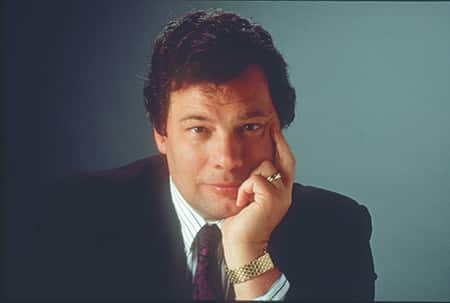
Spindler, unfortunately, had to follow through Sculley’s PowerPC mistake. The first PowerPC run by Macintosh was released in 1994 but Apple’s misfortune continued. One reason was because of the popularity of Windows in the market then.
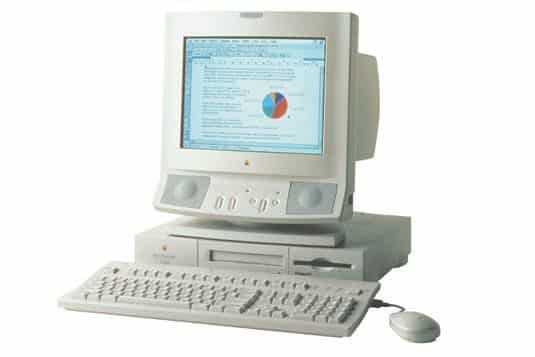
In 1996, Spindler was replaced by Gil Amelio as CEO. Amelio made several changes such as including extensive layoffs and cut costs. His tenure was also troubled as the Apple stock hit a 12-year low. Amelio then decided to purchase Jobs’ NeXT Computer for $429 million in February of 1997 and brought back Steve Jobs to Apple.

Rise To Profits
Jobs convinced the board to make him the interim CEO in July 1997. Due to the huge financial losses and a three-year record low stock price the board agreed with Jobs. Amelio resigned a week later.
During the 1997 Macworld Expo, Jobs announced Apple was joining hands with Microsoft to create new versions of Microsoft for the Macintosh. He also announced that Microsoft had invested $150 million in non-voting Apple stock. On November 10, 1997, Apple introduced the Online Apple Store.
Jobs was impressed by the design talent of Jonathan Ive and they paired to rebuild Apple’s status. The iMac was introduced on August 15, 1998, an all in one computer. Jonathan Ive lead the iMac design team and he would later design the iPod and the iPhone. 80,000 units of the iMac were sold in just 5 months as a result of modern technological features and a unique design.
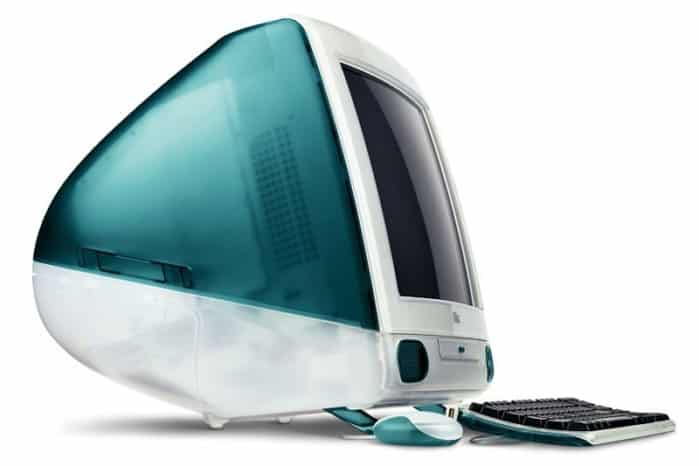
Jobs did not want a wide range of products and preferred to concentrate on a narrow range of products. He reduced the range of computers to four- two for businesses and two for consumers. He also closed down a lot of other divisions including the Newton MessagePad.
In 1998, Apple purchased Macromedia’s Key Grip Software Project, thus expanding its video editing market. The product was named Final Cut Pro when it was launched in April 1999. It was unfinished even at the time of its sales. Key Grip Software’s development led to Apple’s release of the video editing product called iMovie in October 1999.
The Mac OS X was introduced in place of System 7 in 2001 which was based on the operating system from NeXT computers. In the same year, the iPod portable digital audio player was released, and it sold 100 million units within six years.
Following this, Apple acquired German company Astarte and Apple created iDVD for the consumer market using Astarte’s DVD authoring technology. Apple purchased two companies in 2002 – Nothing Real for digital composing application and Emagic for music productivity application Logic. Apple became the first computer manufacturer to own a music company after purchasing Emagic.
Apple’s iTunes music store was introduced in 2003 and the service offered online music downloads for $0.99 per song and also integrated it to the iPod. iTunes became the world’s largest music retailer by 2005.
In 2006, Apple finally decided to switch to an Intel-based system architecture. The MacBook Pro was the Apple’s first laptop with an intel core processor.
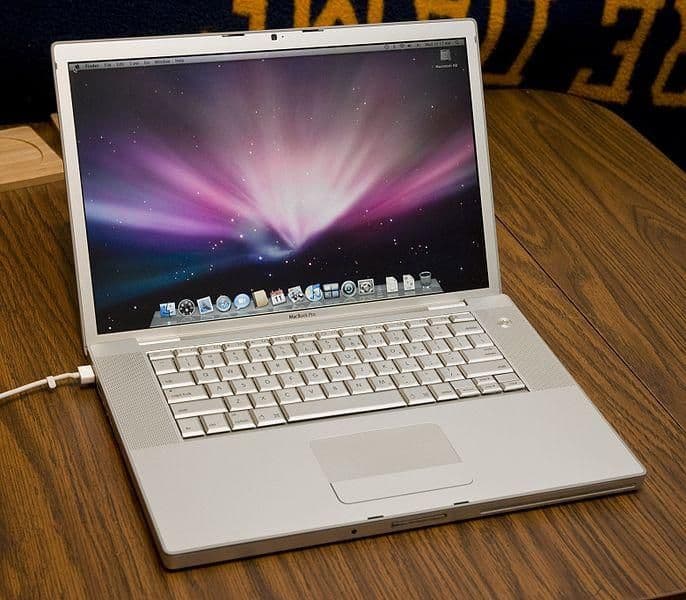
Between 2003 and 2006 the Apple’s stock price increased by more than ten times, from $6 per share to $80 per share.
The iPhone
The iPhone was announced at the Macworld Expo on January 9, 2007. Jobs also announced that Apple Computer, Inc would thereafter be called Apple Inc. as the company had widened its emphasis to consumer electronics as well. 270,000 iPhones were sold during the first 30 hours of its sales and it came out to be known as a “game-changer for the industry”. Widespread success was achieved with the introduction of iPhone, iPod Touch and iPad products.
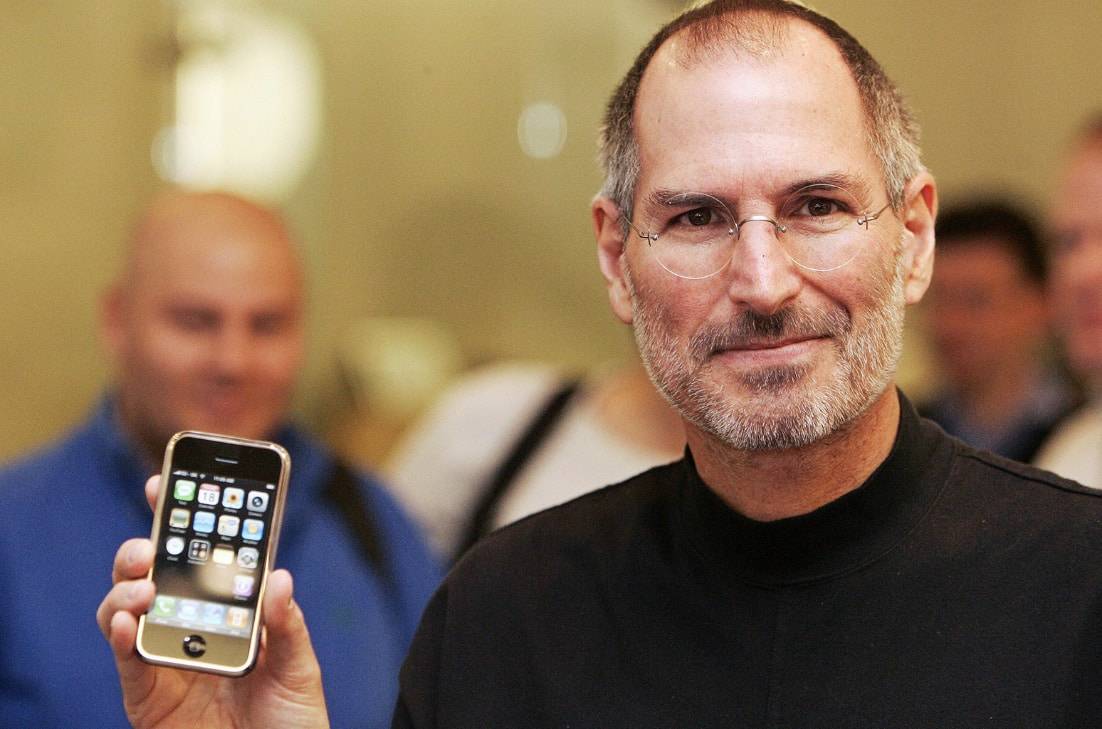
The App Store was launched by Apple in July 2008 to sell third-party applications for the iPhone and iPod-Touch. Within a month, 60 million applications were sold through the App store and it was able to register an average daily revenue of $1 million. Apple also became the third-largest mobile handset supplier in the world thanks to the popularity of the iPhone.
Apple shares hit a staggering $300 in October 2010.
Steve Jobs resigned from his position as CEO due to health factors on August 24, 2011, and was replaced by Tim Cook. Jobs passed away on October 5, 2011, which marked the end of an incredible era for Apple and brought a big diversion in Apple’s history.
However, Apple still continues to influence the markets with ground-breaking technological wonders to date.
Go On, Tell Us What You Think!
Did we miss something? Come on! Tell us what you think about our article on history of Apple Company in the comments section.
Started off as a pilot but took the road of entrepreneurship. Ask me anything about the changing trends and the startup ecosystem.
